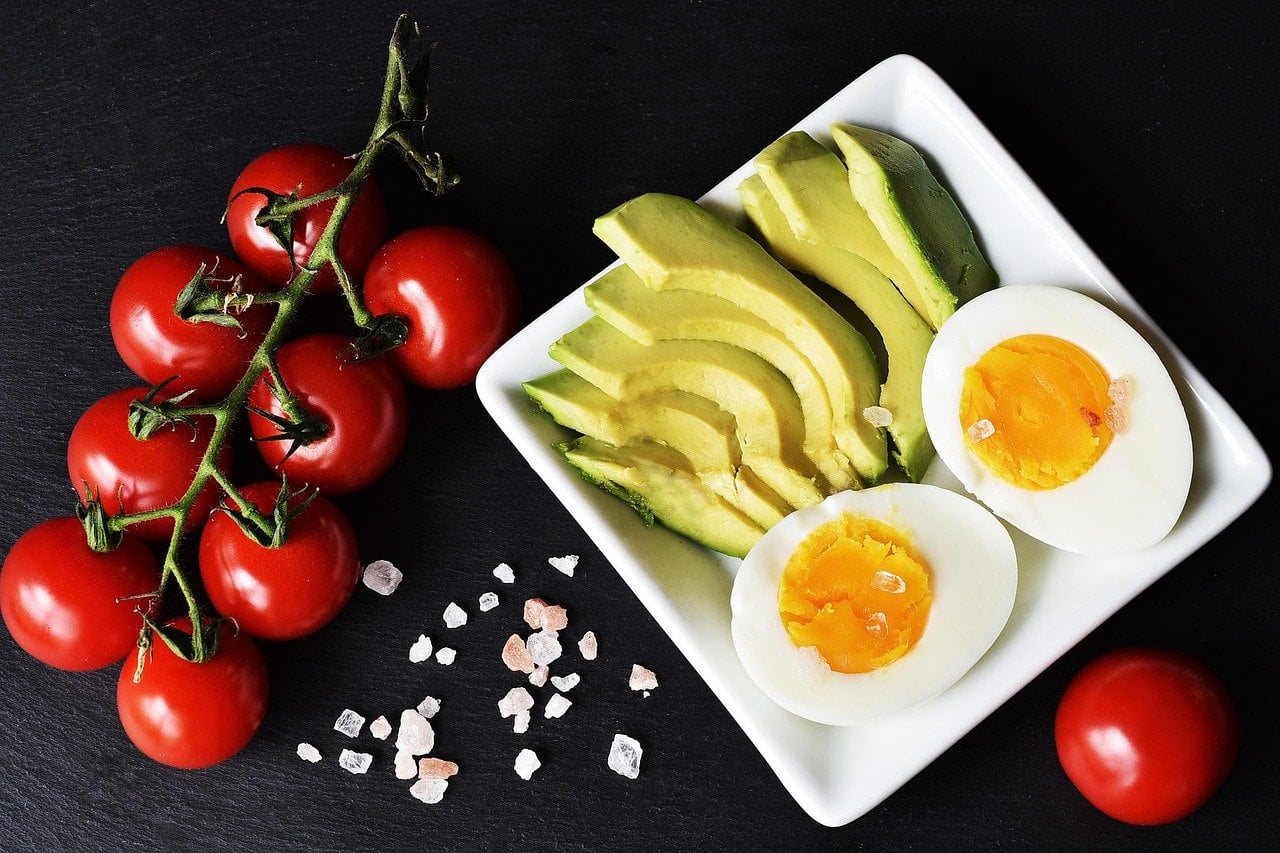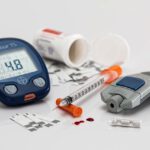The New Year 2020 is here. Weight loss is near the top of almost everyone’s new year resolutions. People planning to lose weight often turn to low-carb diets such as keto or Atkins. Maybe you saw Instagram influencers and your friends flaunting how they lost 50 pounds in 2019 with low-carb diets, and you want to do it too. If you are planning to lose those pesky pounds in 2020, you should know the differences between keto diet and Atkins diet to decide which one is better for you.
Both keto and Atkins diets have a number of similarities. They both involve high-fat, high-protein, and low-carb foods to help you lose weight. You have to dramatically reduce the consumption of sugary drinks, grains, potatoes, fruits, breads, and sweets to cut calories and lose weight.
What is ketogenic diet?
Ketogenic aka keto diet plan was developed in the 1920s to treat epilepsy. Researchers later found that it could also be used to lose weight. Keto diet also helps improve blood sugar levels to treat Type 2 diabetes.
The keto diet is a very high-fat, moderate-protein, and low carb diet plan. You have to consume 70-80% fat, 20-25% protein, and only 5-10% carbohydrates. The carb intake is restricted to just 20-25 grams a day. By comparison, an average American consumes 200-250 grams of carbohydrates per day.
The keto diet puts your body in the state of ketosis, during which your body uses ketones (produced from the breakdown of fat) as the primary source of energy instead of glucose from carbs. When your daily carb intake is low, your body breaks down fat to produce ketones, which are used for energy.
According to nutritionists, ketones can cross the blood-brain barriers to be used as main source of fuel by your central nervous system. It seems counter-intuitive to consume a lot of fat for weight loss. But high fat and protein intake makes you feel more full. As a result, you end up eating less.
The keto-approved meals include protein sources like poultry, eggs, fish, and meat; and healthy fat sources like avocados, cream cheese, mayo, olive oil, seeds, and nuts. You can also take low-carb vegetables such as kale and spinach. You should avoid most fruits, legumes, root veggies, grains, alcohol, and things with added sugar.
What is Atkins diet?
Just like in keto diet, fat is the primary source of energy in the Atkins diet. The Atkins diet plan is implemented in four phases. The Induction phase is similar to the keto diet, where you can consume only 20-25 grams of carbs per day. The carbs should ideally come from low-carb veggies. You will be consuming a lot of healthy fats and protein. It puts your body in ketosis state, burning fat as the primary source of energy.
In ketogenic diet, your carb intake remains the same until you have reached your goal weight. But the Atkins diet plan allows you to add carbs in each subsequent phase. The Atkins diet was created in the 1960s by cardiologist Robert Atkins.
These are the four phases of the Atkins diet:
Phase-1: 20-25 grams of net carbs a day. You can stay in the phase-1 as long as you want. But ideally it lasts until you are 15 pounds from your goal weight.
Phase-2: Increase daily carb intake to 25-50 grams. Add more carb-filled items to your diet. It lasts until you are 10 pounds from your goal weight.
Phase-3: Raise your net carb intake to 50-80 grams per day. Add whole grains, starchy veggies, and fruits to your meal plan. Keep at it for a month or until you reach your goal weight.
Phase-4: In the final phase, your daily carb intake should be 80-100 grams per day. It’s an ongoing phase to help you maintain the same weight.
Even in Phase-4, your daily carbs consumption is much lower than what an average American normally eats (200-250 grams a day).
Keto diet vs Atkins diet: Differences
The Atkins diet is a slightly modified version of keto diet that adds carbs back in as you go through different phases. Your body stays in the ketosis state only in the first phase of the Atkins diet. While keto diet allows you to take about 20% of daily calories from protein, the Atkins plan allows protein to account for up to 30% of calories depending on the phase.
Since the Atkins diet is much less restrictive and you don’t have to follow a strict macro-nutrient regimen, it is easier to maintain than the ketogenic diet. The restrictive keto plan is at a higher risk of failure because even one cheat meal could derail your plan. You could feel like it’s preventing you from enjoying real food. The Atkins plan lets you choose new sources of carbohydrates as you go from one phase to another.
It’s worth pointing out that consuming extremely low amounts of carbs such as in the keto diet or the induction phase of Atkins could have side effects on your health. Some common side effects are constipation, weaker immunity, stroke, and osteoporosis.
Both keto and Atkins diet plans can help you lose weight, manage diabetes, and stay healthy. But you need to consult your nutritionist and follow their advice because each person’s body is different. What worked for your friend might need some tweaking to work for you. Only an expert dietitian or nutritionist can do that.
Disclaimer: This post is for informational purposes only. It should not be considered medical or health advice.











